All electronics sold within the EU needs to be CE marked. "CE" being an abbreviation for the French Conformité Européenne - in English that's European Conformity. You need to provide a Declaration of Conformity (DoC), which might be called "EC DoC" or "CE DoC" depending on if you favour English or French. The DoC must contain a statement where you as a company (producer or importer) claim compliance with applicable EU directives.
The most common directives for electronics are:
- The Radio Equipment Directive (RED)
- The Low Voltage Directive (LVD)
- The Electromagnetic Compatibility Directive (EMC)
- The Restriction of Hazardous Substances Directive (RoHS)
- The Waste from Electrical and Electronic Equipment Directive (WEEE)
Further Directives may apply in case of for example industrial/automotive/med-tech applications.
In case your product contains any form of wireless electronics ("intentional radiators"), then RED applies and takes precedence over EMC. The electrical safety parts of LVD also applies regardless of your supply voltage. Wireless electronics CE mark using RED, LVD and RoHS directives.
Otherwise, in case your product is supplied from 50-1000VAC or 75-1500VDC, the LVD directive applies. You then CE mark against LVD, EMC and RoHS directives.
Otherwise, in case your product has lower supply voltage than that, you CE mark against EMC and RoHS directives. For a standard wired microphone, this is likely what applies.
RoHS compliance is mandatory for all electronics. It is mainly about taking your Bill of Materials and finding the datasheet for every component, then note that the manufacturer claims RoHS compliance. You make a list of all datasheets as part of your technical file. Note that just "lead free" is not sufficient - RoHS is a list of some 10 forbidden substances including lead.
WEEE compliance is mandatory for all electronics but need not be mentioned in the DoC. You need to mark your product with a crossed-over waste bin symbol and you need to recycle all electronics used in the product. This is easiest done by paying a fee to a recycling organization then sort out electronics in your waste handling — you may have to weigh it. You need to have such recycling arrangements in place both in the land where you produce the product (if within EU) and in all EU counties you export to. The rules for this changes all the time and it's a bureaucratic nightmare...
Ideally the DoC should also contain a list of so-called "harmonized" technical standards which are applicable to the product. For each EU directive, there is a list of such standards. Determining which ones that apply to a certain product isn't easy and usually involves seeking help from an expert at a test house.
CE marking does not usually require type approval from a test house. There is no mandatory certification as with US FCC. However, if you self-certify a product you will need to prove compliance to technical standards through your documentation known as the "technical file". Demonstrating EMC compliance in particular can be hard to do unless you happen to have a EMC lab in your basement... so the easiest way to do this is to enlist a test house.
Non-EU European countries usually accept CE marking, though in some cases they like to complicate things. The UK is rolling out a new UKCA mark which will eventually replace CE, right now there's a transition period where both UKCA and CE is accepted. Some other non-EU countries may require 3rd party test house reports against EU harmonized standards as mandatory.
In the end, the party legally responsible for all of the above is the party who places a product on the market, as in making it available for purchase by consumers. Doesn't matter if you are the producer or an importer - if you put something on the market you are responsible for ensuring that the pile of documentation ("technical file") sits on a server somewhere.

